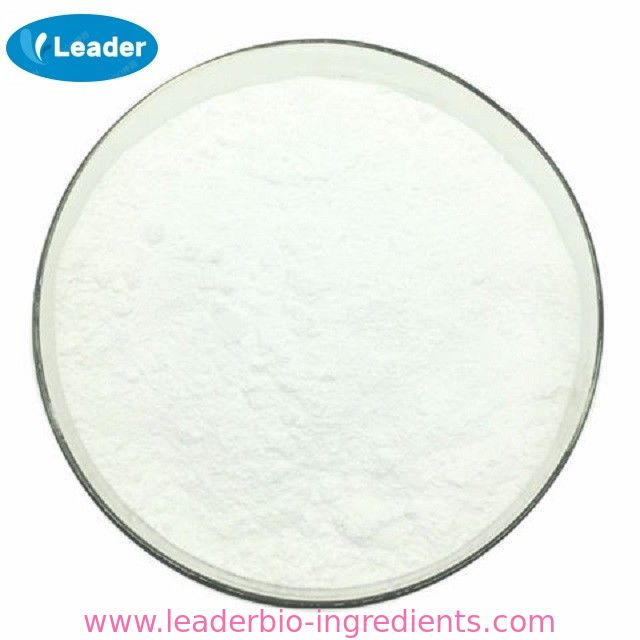| Pancreatin Basic information |
| Product Name: |
Pancreatin |
| Synonyms: |
beefviokase;diastasevera;ilozyme;intrazyme;PANCREATIN;PANCREATIN, 3X;PANCREATIN 4X NF;PANCREATIN 4X USP GRANULAR |
| CAS: |
8049-47-6 |
| MF: |
N/A |
| MW: |
0 |
| EINECS: |
232-468-9 |
| Product Categories: |
Inhibitors;Enzyme |
| Mol File: |
Mol File |
|
| |
| Pancreatin Chemical Properties |
| storage temp. |
−20°C |
| solubility |
Soluble or partly soluble in water forming a slightly turbid solution; practically insoluble in ethanol (96%) and in r . |
| form |
powder |
| color |
beige |
| Water Solubility |
Soluble in water. Insoluble in alcohol and r. |
| Merck |
13,7075 |
| Stability: |
Stable. Incompatible with alcohols, strong acids. |
| EPA Substance Registry System |
Pancreatin (8049-47-6) |
| |
| Pancreatin Usage And Synthesis |
| Chemical Properties |
cream powder |
| Chemical Properties |
Pancreatin is a yellowish to cream-colored, amorphous powder with a strong odor. Slightly soluble in water. Hazard Identification (based on NFPA-704 M Rating System): Health 1, Flammability 1, Reactivity 0. Sparingly soluble in water. |
| Uses |
Enzyme (digestant adjunct). |
| Brand name |
Panteric (Parke-Davis). |
| Biological Functions |
Pancreatin is a supplement that can result in decreased food intake. It is used for digestion, and absorption of food. Your pancreas secretes about one and one half quarts of pancreatic juice daily into the small intestine. |
| General Description |
Pancreatin (Panteric) is a substance obtained from the fresh pancreas of the hog or the ox and contains a mixture of enzymes, principally pancreatic amylase (amylopsin), protease, and pancreatic lipase (steapsin). It converts not less than 25 times its weight of USP Potato Starch Reference Standard into soluble carbohydrates and not less than 25 times its weight of casein into proteoses. It acts best in neutral or faintly alkaline media, and excessive acid or alkali renders it inert. Pancreatin can be prepared by extracting the fresh gland with 25% alcohol or with water and subsequently precipitating with alcohol. Besides the enzymes mentioned, it contains some trypsinogen, which can be activated by intestinal enterokinase; chymotrypsinogen, which is converted by trypsin to chymotrypsin; and carboxypeptidase.
Pancreatin is used largely for predigestion of food and for the preparation of hydrolysates. The value of its enzymes orally must be very small because they are digested by pepsin and acid in the stomach, although some of them may escape into the intestines without change. Even if they are protected by enteric coatings, it is doubtful they could be of great assistance in digestion. |
| Safety Profile |
Moderately toxic by subcutaneous and intraperitoneal routes. |
| Potential Exposure |
It is an enzyme found in the pancreas and is used in medicines and in treating leather and textiles. |
| Incompatibilities |
Dust may form explosive mixture with air. Incompatible with oxidizers (chlorates, nitrates, peroxides, permanganates, perchlorates, chlorine, bromine, fluorine, etc.); contact may cause fires or explosions. Keep away from alkaline materials, strong bases, strong acids, oxoacids, epoxides, alcohols. |
| |
| Pancreatin Preparation Products And Raw materials |
|
|
|




